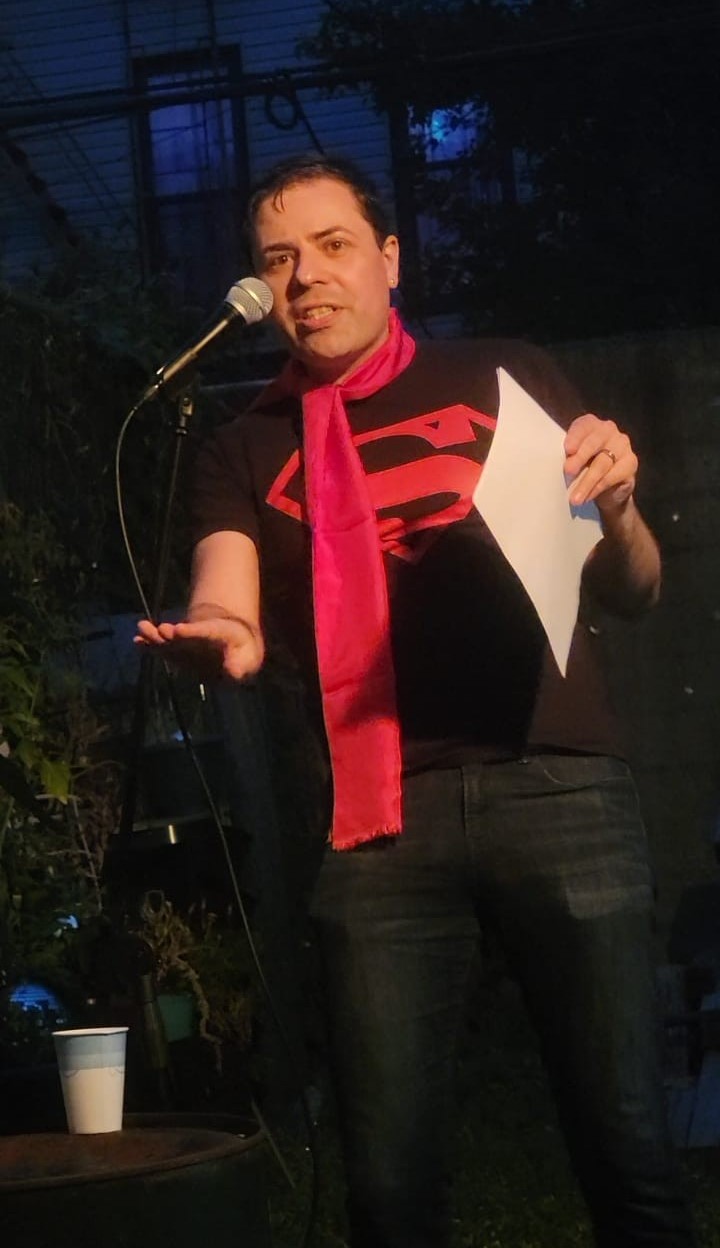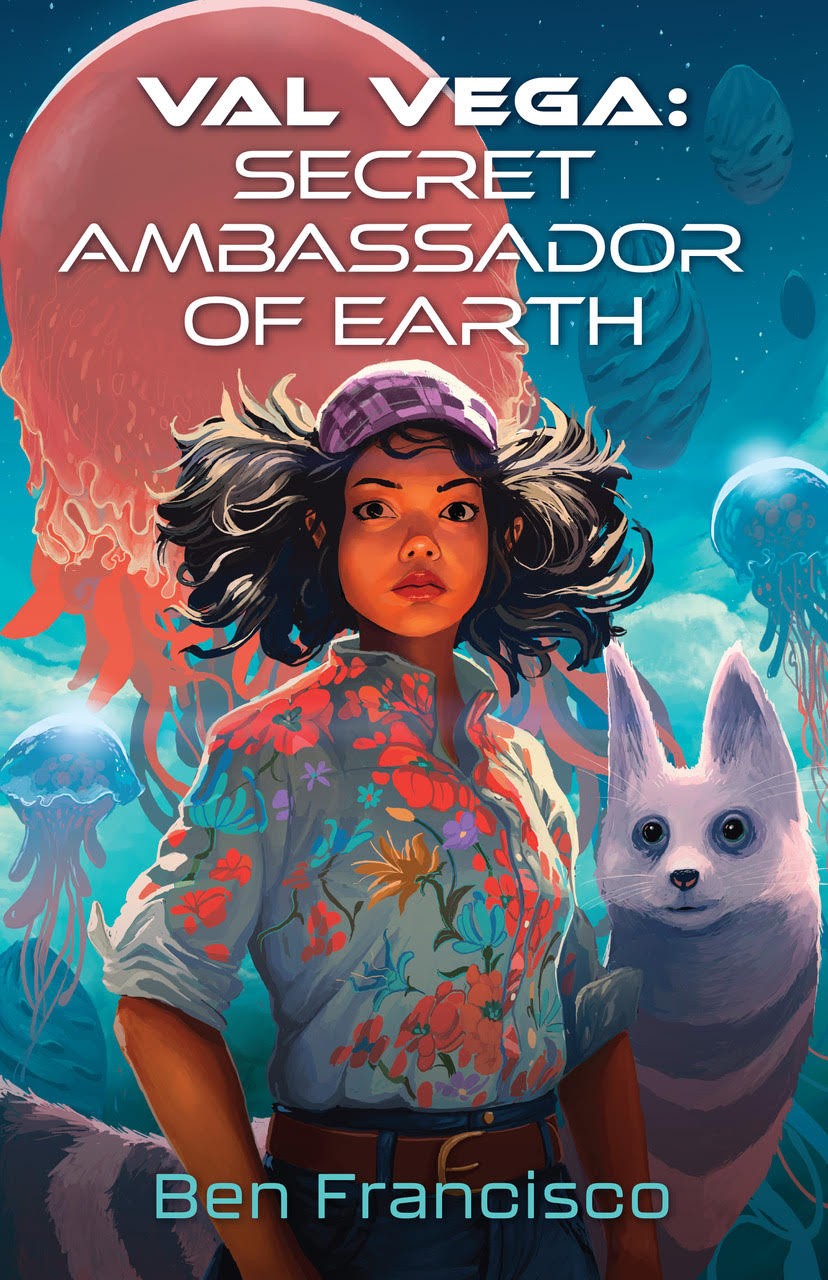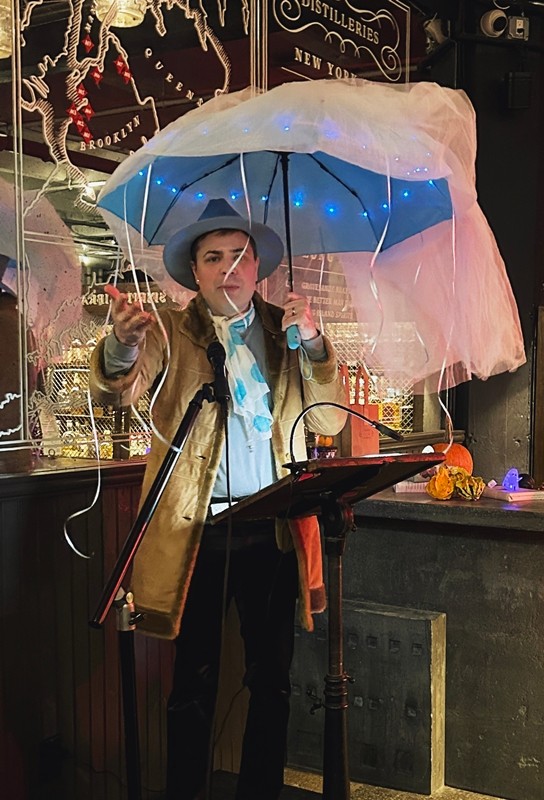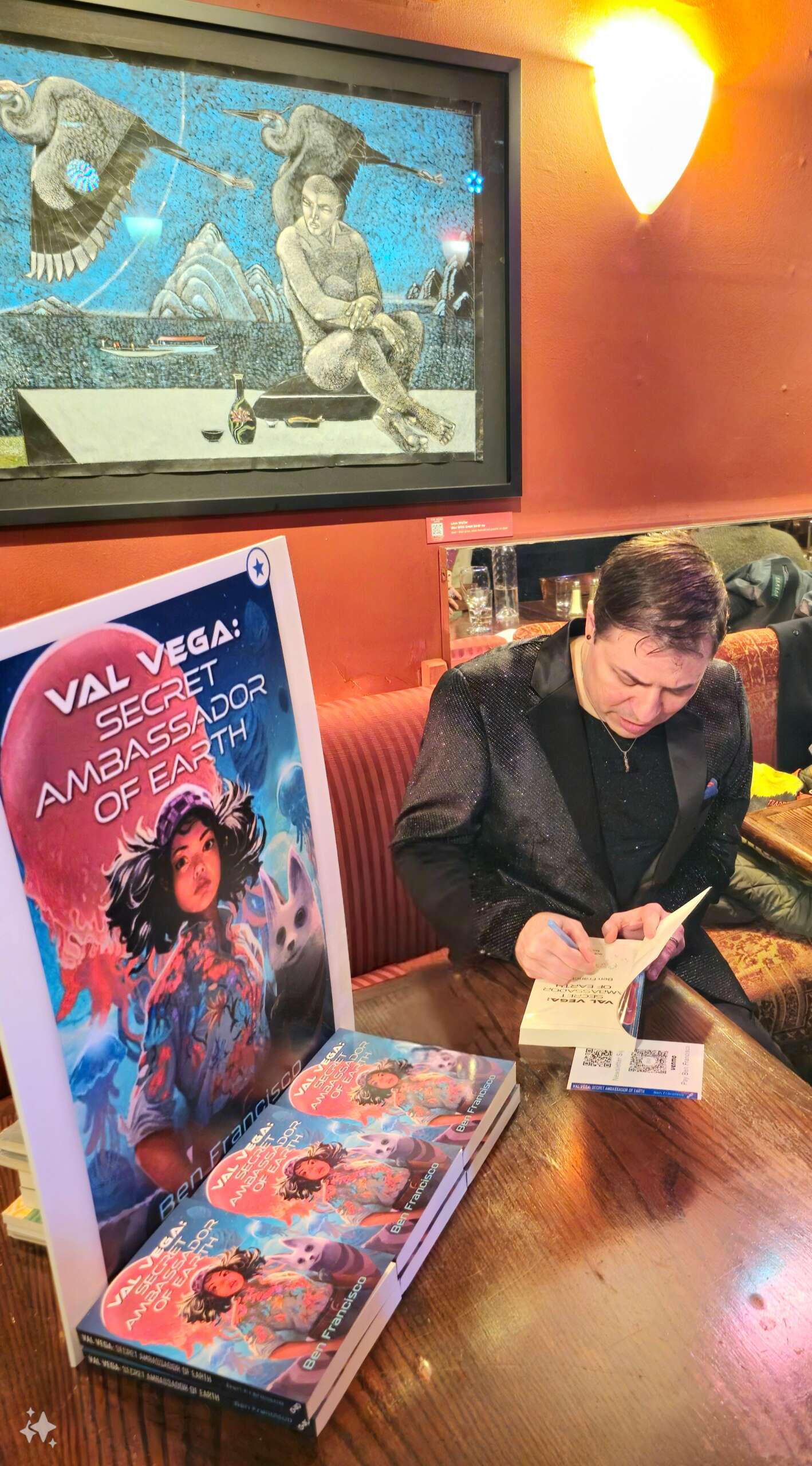We were lucky to catch up with Ben Francisco recently and have shared our conversation below.
Ben, thanks for joining us, excited to have you contributing your stories and insights. How did you learn to do what you do? Knowing what you know now, what could you have done to speed up your learning process? What skills do you think were most essential? What obstacles stood in the way of learning more?
During my first few years of writing fiction, I spent a lot of time groping around in the dark, finding my way. I wrote some pretty paragraphs and some nice scenes, but I hadn’t written a real story with a beginning and end, where a character faces a challenge and learns something from it. Then I took a 24-hour flight from Philadelphia to Brisbane, Australia, for Clarion South, a writing workshop, where I met 16 other amazing speculative fiction writers. For six weeks, we each had to turn in a story every week, critique 16 other stories, and receive 16 peer critiques of our own story. I got thoughtful feedback on my work in a way I never had before – and I had to push myself to do the same for my classmates, to figure out what exactly was working in their stories and what was holding them back. Plus, the camaraderie of late-night college-dorm-style conversations about writing and geekery was incredibly energizing – and the pressure of a weekly deadline was astonishingly effective! All of it led to a super-charged power-up of my writing skills – and I’d found a community of friends and fellow travelers on my writing journey. If I could do anything differently, it would have been to find that kind of writing community even earlier.


Great, appreciate you sharing that with us. Before we ask you to share more of your insights, can you take a moment to introduce yourself and how you got to where you are today to our readers.
As a queer Puerto Rican writer, much of my fiction leans into questions of identity, cultural differences, and finding one’s way in a world (or galaxy) that too often tells us we can’t be who we are. Most of my work is speculative in some way, though once in a while I accidentally write something that’s hypothetically feasible in our current timeline.
Most of my work is either magic realism or science fiction. My magic realism stories are very much influenced by my Latinx heritage and often have a surreal quality. I love taking a surreal premise – say, someone waking up to find that his husband has transformed into two people (literally) – and then using that to explore some deeper emotional truth. For readers who enjoy magic realism, a good place to start is my story “Brincando Charcos (Jumping Puddles),” which is online at Strange Horizons.
My science fiction often focuses on aliens. I’ve been fascinated by aliens since I was a kid growing up watching Star Trek and Star Wars – though I have a rule for myself that my aliens can never be Star Trek-style aliens (i.e., just humans with ridges or pointy ears). I love pushing my imagination to map out a completely different biology and ecology – and what kind of culture and norms might result. My science fiction tend to be longer works, including my debut young adult novel, Val Vega: Secret Ambassador of Earth, which came out a couple months ago. In it, Val Vega is a 16-year-old Puerto Rican living here on present-day Earth – until aliens show up and draft her to serve as ambassador of our planet and solve an interstellar crisis. Her new gig is especially hard since most of the aliens look down on Earth, which they see as a primitive, backwater planet on the verge of self-destruction. That’s another trope I love playing with – what if Earth isn’t the center of things? What if we’re actually way behind the curve of sentient life in the Galaxy?


What’s the most rewarding aspect of being a creative in your experience?
With Val Vega: Secret Ambassador of Earth out, I’ve started getting feedback from young readers, and I never expected quite how inspiring that would feel. One young Latinx reader told me how exciting it was the moment when Val becomes ambassador of Earth – and it was clear he felt some identification with her. It reminded me of when I was a kid, how I loved reading Heinlein and Asimov and all those classic science fiction writers. I still love a lot of those stories, but it was only in retrospect that I realized that none of the heroes I’d been reading about reflected my own experience as a queer Puerto Rican kid. It’s so magical to think that a young person now can read something I wrote and see themselves in it – and also get that unique sense of wonder that science fiction can offer a young mind.
What’s a lesson you had to unlearn and what’s the backstory?
Over the years, I’ve had to unlearn the idea that my queerness – and my just plain weirdness – are liabilities. Early on, I felt pressure to “de-gay” a lot of my stories, thinking no market would want them if they were too queer – and especially if there was any hint of gay sex. I think some of my stories probably were rejected or overlooked for being too queer – or just for being too far outside what editors were used to. The magic realism stories, in particular, were often hard to sell to U.S. markets. I’d get personal rejections that said things like, “This story is well-told, well-paced, nice imagery – but the surrealist central concept just isn’t a fit for my readers.” Or my favorite one: “This story is just too weird for me.”
But my “too-weird” stories almost always found a home, and some of my weirdest stories were the ones that went on to win awards, get reprinted in anthologies, and make recommended reading lists. I learned that when I get responses that a story is well-written but too strange, I’ve got something worthwhile on my hands, and I just need to keep going until I find an editor who gets it. And luckily it seems like in recent years more and more editors and markets are open to a wider range of stories, whether queer, weird, or genre-bending. I’ve learned to embrace my inner weird – it’s the place where my best stories come from.
Contact Info:
- Website: benfrancisco.net
- Instagram: https://www.instagram.com/benfranciscom/
- Twitter: twitter.com/BenFranciscoM
- Other: Bluesky: https://bsky.app/profile/benfrancisco.bsky.social
Image Credits
Photos by Juan Reyes


